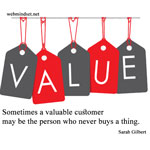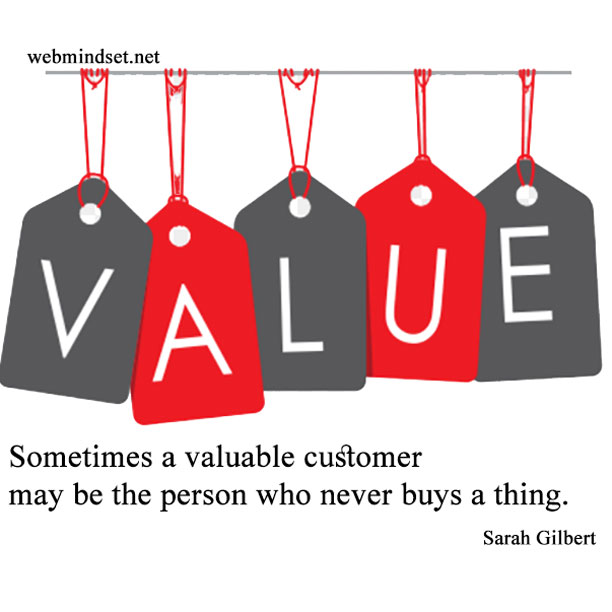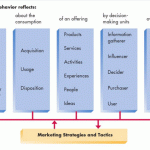The freemium business model has always been an attractive model for many businesses especially digital startups.
Everything seems simple and reasonable:
You just offer something for free and build up a customer base and then offer them other features or other products based on a premium.
Sure it can be a successful business model as we see many giants of the digital age started with the same idea or still stick to it. However, if you consider so many failed cases where never had a chance to be heard or featured in the media, you may change your idea.
It has always been said that evolution is a game which clears traces of its failure and promotes its successful species. It’s not only the case with natural and biological evolution. The same holds true for the evolution of businesses. So, we should be careful not to be deceived by the successful species and always have a look at the vast amount of failures which may be destined to be one of them.
Penny gap is one of the cognitive errors of our mind which dramatically influences our price perception. Although the large gap between free and cheap-but-not-free products was under study for decades, penny gap is a very nice name for the concept coined by Josh Kopelman.
The gap between a free product and a penny product is wider than it appears. It’s a serious psychological hurdle on the path of converting a got-used-to-pay-nothing customer to a paying one, and this is a bitter fact ignored by many of the entrepreneurs and business owners.
It’s clear that there may be technics and strategies to convert free customers to paying customers, however, it’s not as easy as it seems.
Still you may say I do not expect to get a penny from most of my free customers, and I accept the fact that they are not going to pay anything. But they would be my promoters and this kind of promotion is much cheaper than traditional advertising approaches. As Sarah Gilbert notes:
Yes. The Idea of Sarah Gilbert is logical but may not be practical as there are many other factors which we have to take into consideration.
My personal experience confirms Barry Barters’s statement: Free customers have more time, cost more resources and make more complaints. Although still you may prefer to use freemium business model, it’s better to understand that costs for free customers are largely underestimated as most of the books and articles are written by people who had not practical experience in running a freemium business model.







